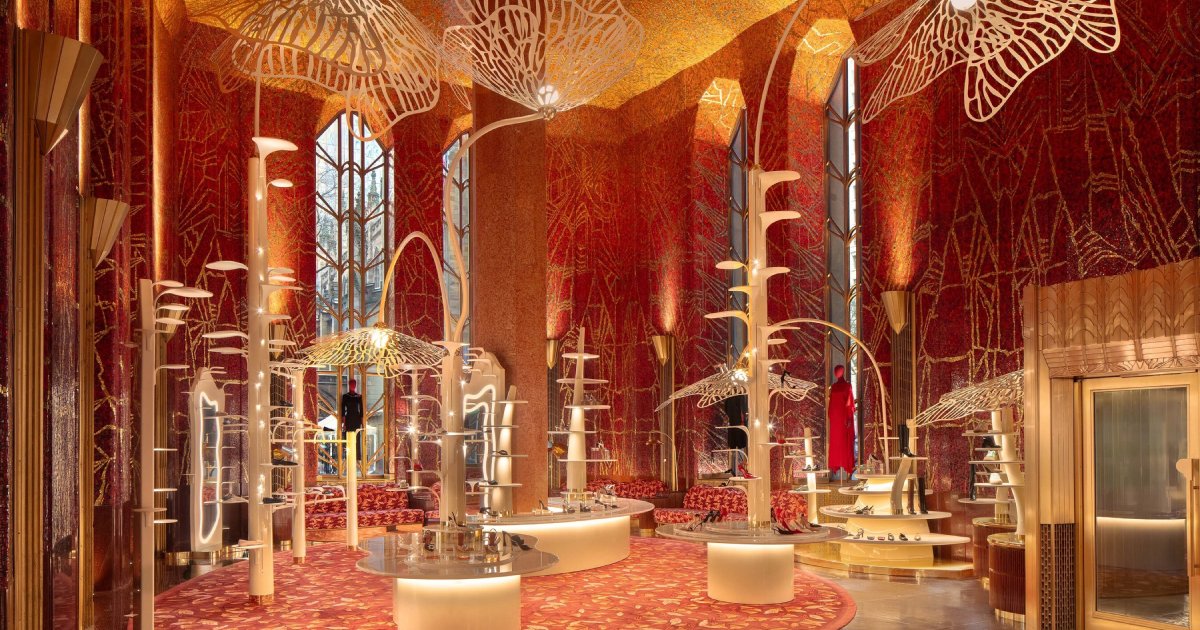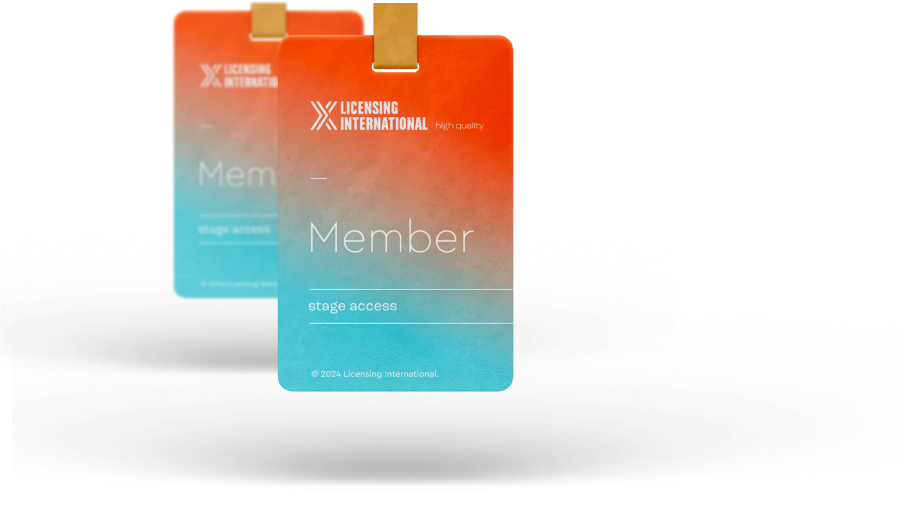Retailers Expand In-Store Experiences

By Mark Seavy
As retailers expand their efforts to lure consumers back to in-store shopping, they’re focusing as much on experiences as they are on transactions.
This increasing focus on experiences harkens back to an era when department stores were at their peak, but with a modern twist.
A high-end example is the French department store chain Printemps. The 19-store chain opened a 55,000-square-foot store in New York that is as much about high-end fashion and lifestyle apparel as it is a network of cafés, champagne bars, and fine dining restaurants. The store also marks the retailer’s return to the U.S. decades after closing a 900,000-square-foot location in Denver, CO., which at the time was a decided curiosity.
“In New York, there has been a gap with the closing of Barney’s for a place where you could find and discover brands and meet a friend,” said Mathew Bernhardt, Chief Operating Officer at Printemps America. “We always see the shift between consumers spending on products and experiences and, right now, we are seeing that shift [to experiences] happen and we have positioned Printemps to sit in the middle of that.”
Louis Vuitton opened a second pop-up location in New York in January as part of a collaboration with Japanese artist Takashi Murakami while Saks launched a L’Avenue at Saks restaurant alongside its NYC flagship. And Macy’s, despite closing 150 stores, has invested in revamping 125 other locations to feature more “storytelling,” largely with new merchandising along with branded sections featuring private and national labels, Emily Erusha-Hilleque, SVP for Private Brands at Macy’s, said last week at the The Lead Summit in New York. “Value now means experience and inspiration,” she said.
Miniso, which operates more than 5,000 stores globally, is expanding the Miniso Land format that features IP-based themed sections. That format has opened in eight locations with another 50 in development. At the same time, the retailer is increasing the average size of new stores to 4,300 square feet (up from 3,200 square feet) with flagships like Miniso Land reaching 10,700 square feet. Sales of licensed goods account for 40% of the retailer’s annual revenue as it increasingly focuses on developing consumer experiences, Ada Dou, EVP and Chief Product Officer at Miniso, said at the recent Licensing Expo in Las Vegas, NV.
Miniso also launched the pop culture-based Top Toy format in Asia. In doing so, it replaced an original focus on internally developed IP with one that focuses on derivative works of major IPs (including Disney, Sanrio, and others) packaged in blind boxes. “Hauls” of blind boxes regularly go viral across social media platforms, with consumers filming themselves opening up the packages to reveal which item they purchased. This content extends the in-store experience even further, with shoppers filming themselves opening the blind boxes in stores, in their cars, and at home.
Pop Mart, which emphasizes its own IP, including the viral Labubu brand, is one of the more prevalent retailers for consumers seeking blind boxes. In fact, the Labubu brand has become so popular in recent months that Pop Mart, which launched an IPO in 2020, has grown to 276 stores in the past year (up from 148).
“Retailers need a precise understanding of the evolving needs of young consumers,” Dou said. “It’s important to innovate to maintain engagement. The younger generation seeks cultural identity and emotional fulfillment when they make purchases. There needs to be a symbiosis between products and experiences.”




